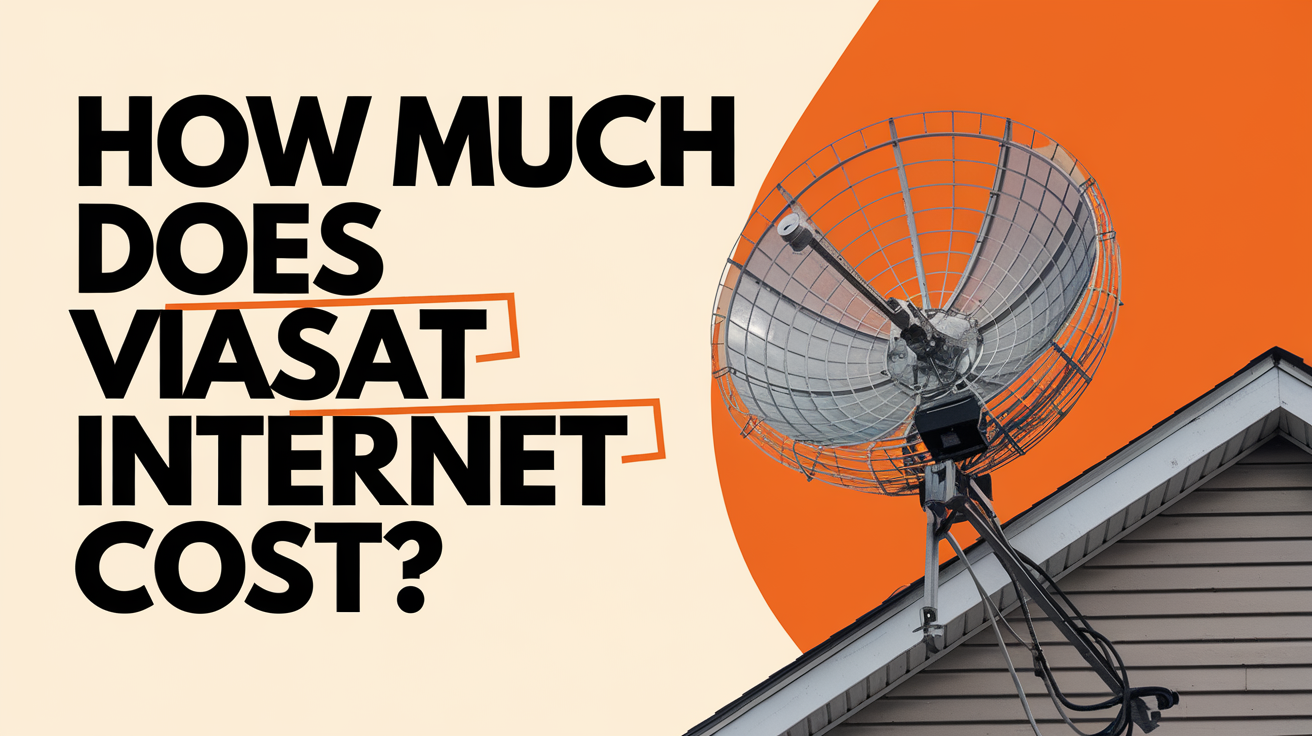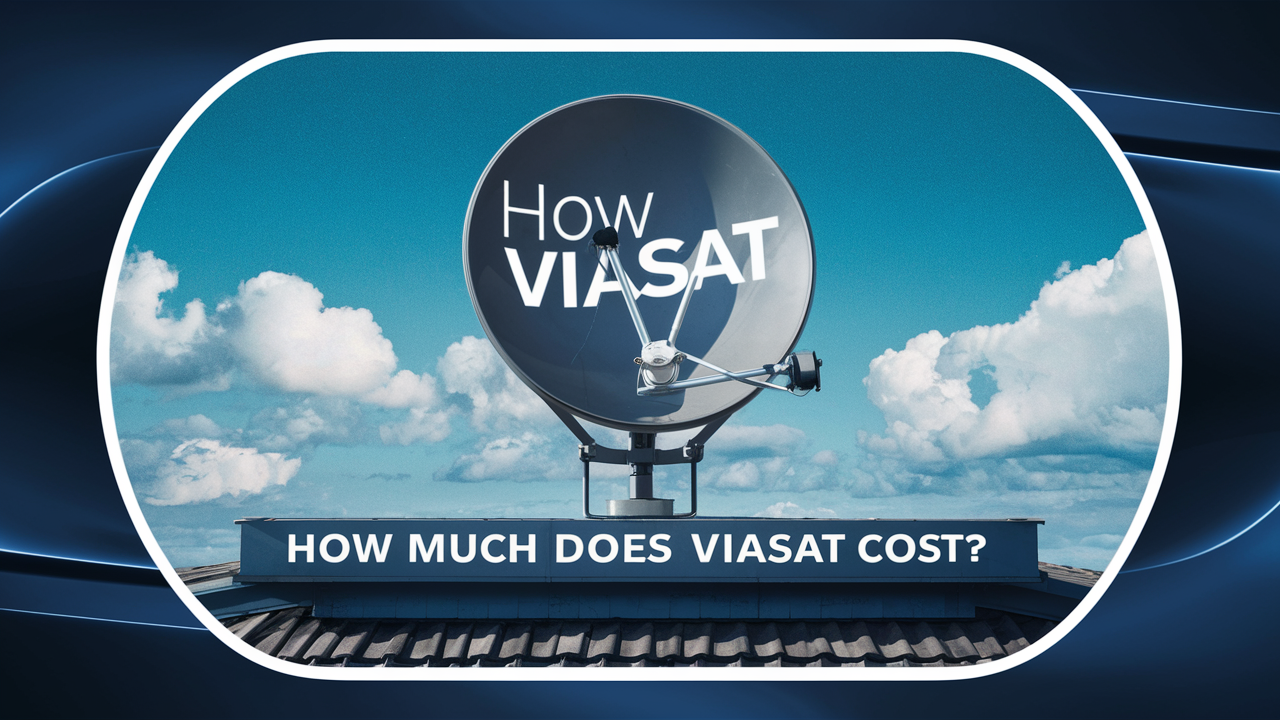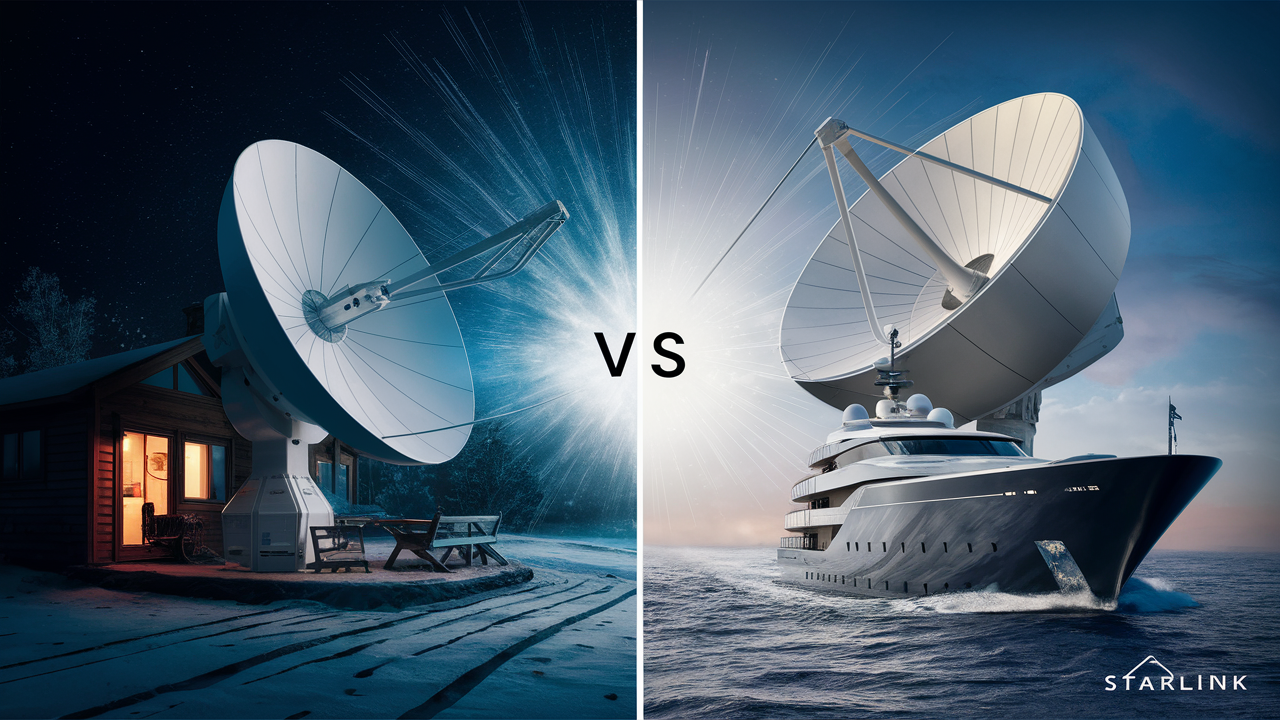-
Posted on: 12 Jul 2024
-
If you’re a Viasat customer, you may have noticed your internet speeds aren’t what they used to be. Slow loading times, buffering videos, and laggy connections can be frustrating, especially if you rely on your internet for work, school, or entertainment. In this guide, we’ll explore the most common reasons why Viasat might be slow lately, what you can do to improve your speeds, and how Viasat compares to other internet options.
How Fast Is Viasat Supposed to Be?
Viasat advertises download speeds of up to 150 Mbps, but real-world speeds are often much lower. According to recent data, the average Viasat download speed is around 20–35 Mbps, depending on your location and plan. While this is enough for basic browsing and streaming, it’s far below the top speeds advertised and can feel slow compared to cable or fiber internet.
Why Is Viasat So Slow Lately?
Several factors can cause your Viasat internet to slow down. Here are the most common reasons:
1. Data Caps and Throttling
Most Viasat plans come with data caps or “soft data limits.” Once you exceed your monthly data allowance, your speeds may be significantly reduced during times of network congestion. This is one of the most common reasons for slow speeds reported by Viasat customers. Even if you’re on an “unlimited” plan, your speeds may be throttled if your usage exceeds typical levels for your area[6].
Key Fact: If you’ve used a lot of data this month, Viasat may slow down your connection until your next billing cycle or until network congestion eases[5][7].
2. Network Congestion
Satellite internet is a shared resource. When many people in your area are online at the same time, such as during evenings or weekends, network congestion can cause speeds to drop for everyone[1][6]. This is especially true in rural areas where Viasat is often the only high-speed option.
3. Weather Interference
Heavy rain, snow, or thick cloud cover can interfere with your satellite signal, causing slowdowns or even temporary outages[8]. Snow accumulation on your dish can block the signal entirely until it’s cleared off[8]. If you’ve noticed your internet is slow during bad weather, this is a likely cause.
4. Equipment Issues
Problems with your modem, router, or satellite dish can also cause slow speeds. Outdated or malfunctioning equipment, loose cables, or a misaligned dish can all impact your connection. Resetting your router or checking your equipment for issues is a good first step if you’re experiencing slow speeds.
5. Latency
Satellite internet inherently has higher latency than cable or fiber because the data has to travel to a satellite in space and back—a journey of about 44,600 miles. While latency doesn’t directly affect download speeds, it can make your internet feel slow, especially for real-time activities like video calls or online gaming.
6. Plan Limitations
If you’re on a lower-tier Viasat plan, your maximum speeds will be lower than those on higher-tier plans. Upgrading your plan may improve your speeds, but this comes at a higher monthly cost[6].
What Can You Do to Improve Viasat Speeds?
If your Viasat internet is slow, there are several steps you can take to troubleshoot and potentially improve your connection:
- Monitor Your Data Usage: Check how much data you’ve used this month. If you’re near or over your data cap, your speeds may be throttled.
- Reset Your Equipment: Power cycle your modem and router by unplugging them for 30 seconds and plugging them back in.
- Check for Obstructions: Make sure your satellite dish has a clear line of sight to the sky and isn’t blocked by trees, buildings, or snow.
- Use a Wired Connection: If possible, connect your computer directly to your modem with an Ethernet cable to rule out Wi-Fi issues.
- Limit Bandwidth-Heavy Activities: Avoid streaming in 4K, downloading large files, or running multiple devices at once during peak hours.
- Contact Viasat Support: If your speeds are consistently slow and you’ve tried troubleshooting, contact Viasat customer service for assistance.
How Does Viasat Compare to Other Internet Providers?
Viasat is often the best or only option in rural and remote areas, but it generally offers slower speeds and higher prices than cable or fiber internet. Here’s a quick comparison:
Provider Type Typical Speeds Data Caps Latency Weather Sensitivity Viasat (Satellite) 20–35 Mbps (avg), up to 150 Mbps Yes (except some unlimited plans) High (31–800 ms) Yes HughesNet (Satellite) Up to 25 Mbps Yes High (600–800 ms) Yes Cable 100–1,000 Mbps Rare Low (5–30 ms) No Fiber 100–2,000 Mbps Rare Very low (1–10 ms) No Customer Experiences and Satisfaction
Viasat’s customer satisfaction ratings are mixed. In recent surveys, only about 37% of customers were highly satisfied with Viasat’s speeds and reliability. Many users report that speeds are slow, especially after hitting data caps or during peak hours. However, for those in rural areas with no other options, Viasat is often seen as a necessary compromise.





